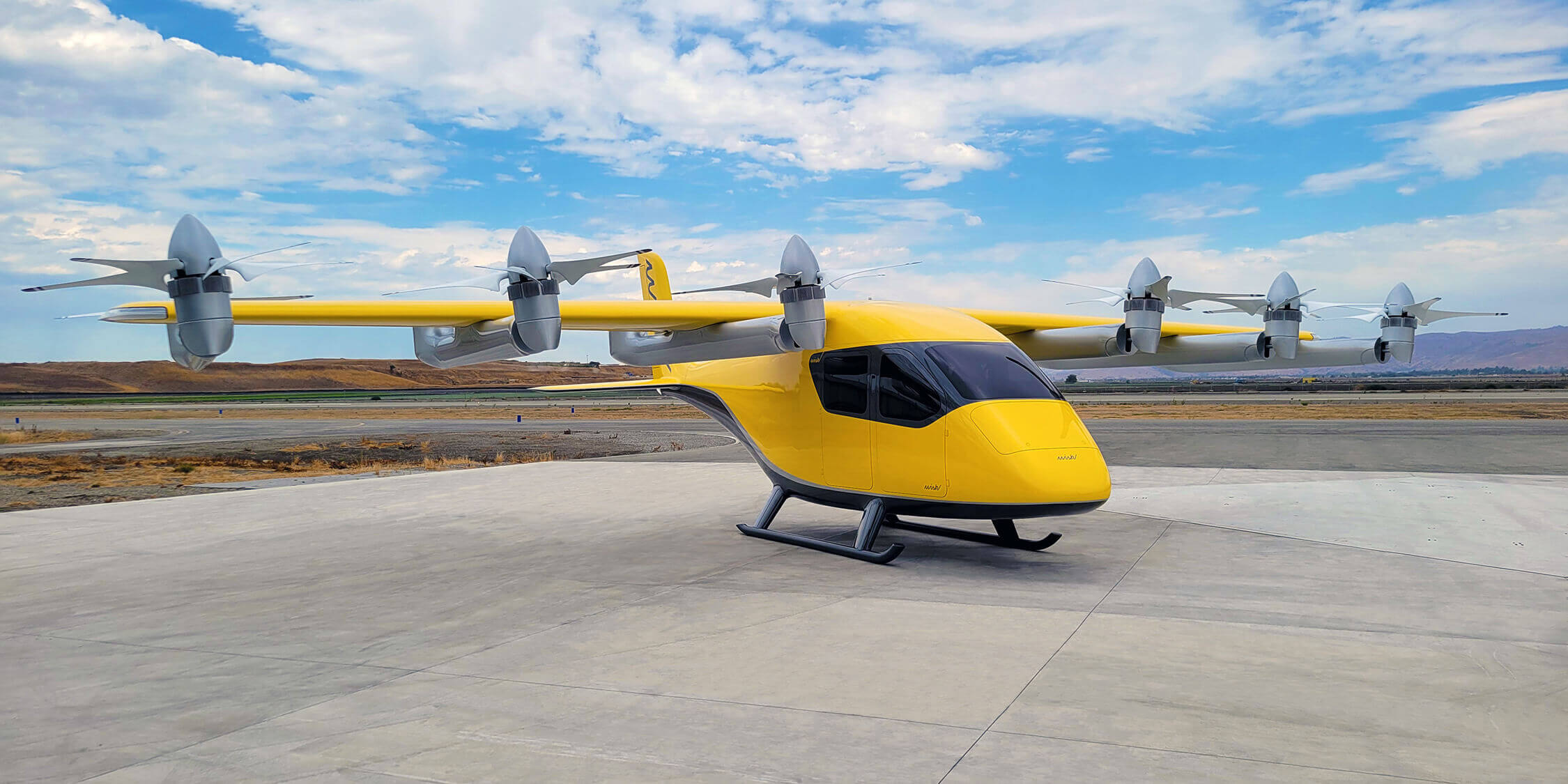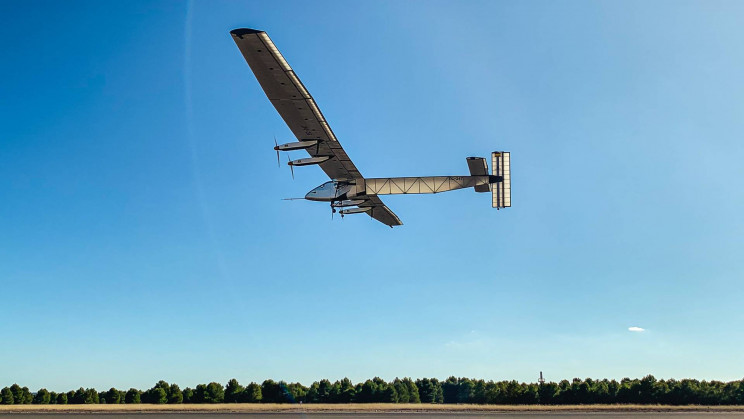The air mobility industry startup Wisk Aero presented the 6th generation of their autonomous flying air taxi. The aircraft is ready for the market and is looking forward to the certification from the U.S. Federal Aviation Administration (FAA). The startup is a partnership between Boeing and Kitty Haws.
The Wisk Aero air taxi will be, however, monitored and supervised by humans, who if needed will take control of the vehicle remotely. As for the specs, the innovative design includes six 5-blade rotors in the front, and six 2-blade in the rear. The aircraft has a cruising speed of 120 knots (138 mp/h, or 222 km/h) with 90 miles (144 km) range per charge, and will travel at altitudes from 2,500 to 4,000 ft (762 to 1,219 m). The Wisk Aero also features a wingspan of 50 ft (15 m), comfortable seating for the passengers, enough luggage space, Wi-Fi, and gadget charging capability. Passengers will also have an individual display providing relevant information for their trip.
For a successful certification procedure, the company has to obtain three certifications: a production certification, air carrier certification, as well as FAA type certifications, where the design and safety standards required by the FAA are checked. The company already performed testing of the aircraft, and run ground and flight testing, but no passenger tests have been performed yet. According to Wisk, this is the first electric vertical takeoff and landing (eVTOL) aircraft seeking type certification.
The company expects to operate in 20 cities in the first five years after the certification has been obtained and complete 14 million flights per year. It is reported that the pricing will start at $3 per passenger per mile. The takeoff and landing infrastructure (vertiports) will be positioned on the rooftops of buildings.
Electric air taxis, however, have a lot of room for improvement, especially when it comes to battery capacity and battery charging times. As a reason, no company has started offering commercial fully electric flights.






